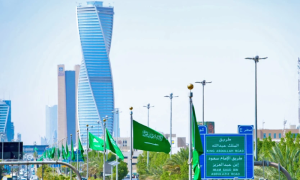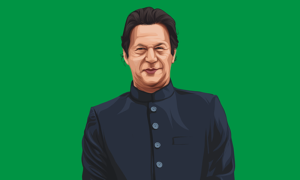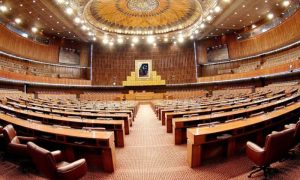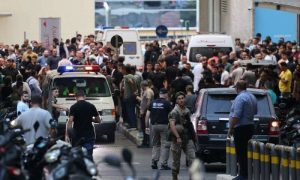Hindu nationalism began developing in India during the 1980s, aided by socio-political discontent and opportunistic political maneuvering. After decades of simmering ethnic and religious tension, the landscape of Indian politics gradually tilted toward right-wing ideology, with Hindu nationalism gaining unprecedented traction. At the core of this nationalist surge lies the concept of Hindutva, which envisions a Hindu Rashtra (nation) and seeks to reassert the dominance of the Hindu identity in every facet of Indian society.
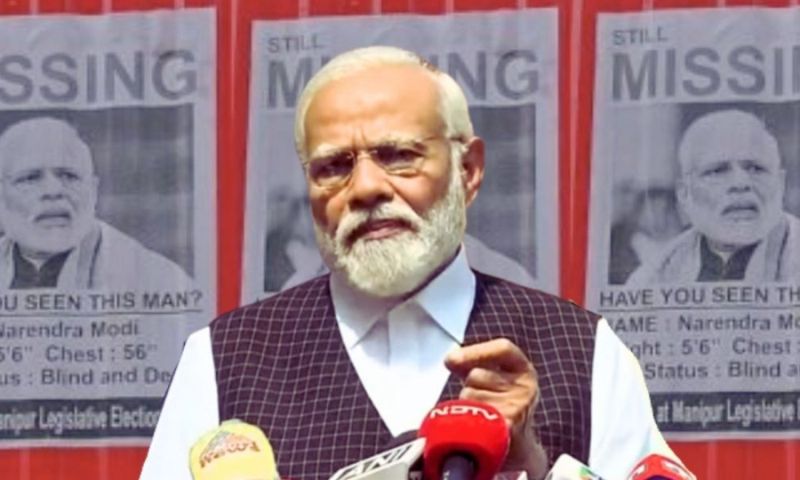
This resurgence was not without consequences. The ideology’s exclusionary nature has led to heightened communal tensions, particularly with religious minorities who find themselves increasingly marginalized.
Violence in Manipur
The violence in Manipur, which began as an isolated conflict in May 2023, has since evolved into a broader ethnic and religious clash between the majority Meitei and the minority Kuki-Zo tribes. The removal of special rights for the Kuki group served as the initial spark, igniting a smoldering fire that revealed the profoundly ingrained divisions in Indian culture. What was once a local dispute has come to represent a larger fight for recognition and rights in a state that is becoming more and more cut off from the federal government.
In the heart of Manipur, the ethnic conflict has hardened into a physical and psychological divide. The Meitei, mostly non-tribal Hindus, have found themselves pitched against the tribal Kuki-Zo, a predominantly Christian minority. At the core of the violence is the contentious proposal to grant the Meitei community the status of a “scheduled tribe.”
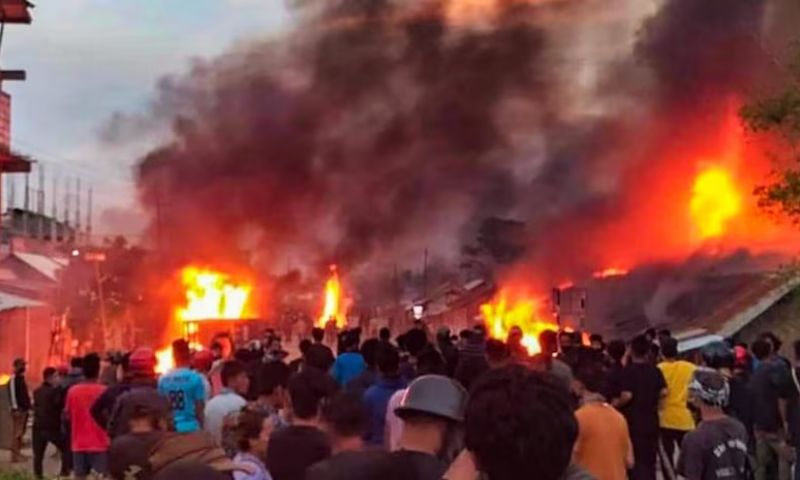
This designation would make them eligible for affirmative action benefits, including government jobs and educational quotas, which have long been a safeguard for the Kuki-Zo tribes. The Kuki’s vulnerability has been directly threatened by this move, causing fear and resentment, leading to violence. Over 226 lives have been lost, 1,500 have been injured, and 60,000 have been displaced, painting a grim picture of a state that has become a battleground for ethnic supremacy. An invisible yet very tangible border now separates the state, guarded not by official forces but by civilian militias armed with weapons looted from state armories. These vigilantes have amassed thousands of weapons, including high-tech rifles, which has turned a localised struggle into a full-fledged civil war. These organisations have gained more confidence due to the state’s inertia and the central government’s inactivity, which is fostering an environment of impunity that is becoming worse every day.
Struggle for Self-determination in India’s Northeastern Regions has Grown Fiercer
Manipur is a significant Achilles heel for Prime Minister Narendra Modi. Despite his party’s dominance in national politics, the Bharatiya Janata Party (BJP) has failed to contain the violence or address the underlying issues. This failure became starkly evident when the BJP lost its two Manipur parliamentary seats in the most recent elections, largely due to the frustration and anger felt by both the Meitei and Kuki communities. Even though Modi claims that Manipur will return to a state of normalcy, the reality on the ground is quite different. Perhaps most worrying is the resurgence of militant groups previously exiled or outlawed.
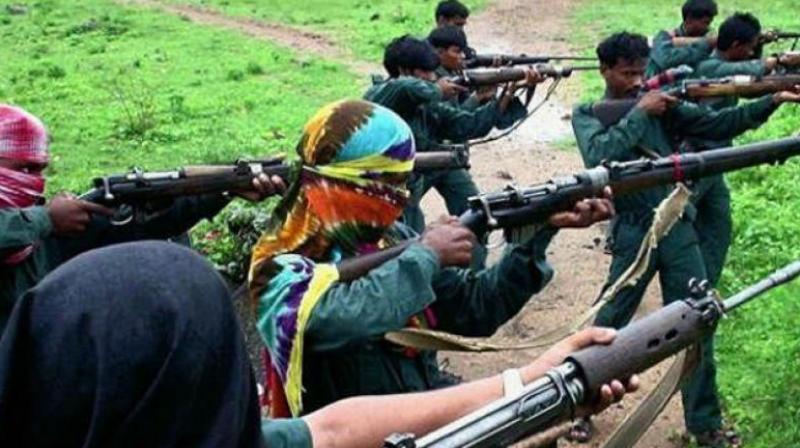
These groups, many of whom had been exiled to neighboring Myanmar and Bangladesh, have used the chaos as an opportunity to return and re-establish their influence. Indian intelligence and security agencies are alarmed by the presence of these individuals, along with the influx of weapons and sophisticated communication equipment. The fact that these militants have re-entered the fray, using violence and extortion to exert control, underscores the depth of the crisis in Manipur.
Militancy in Manipur
The resurgence of militancy in Manipur is not an isolated phenomenon but rather part of a broader pattern of extremism that has taken hold across India. Under Modi’s government, extremist ideologies have found a more prominent place in Indian society, often at the expense of religious and ethnic minorities. Whether it be the longstanding conflicts in Kashmir, Nagaland, or Assam, the struggle for self-determination and autonomy in India’s northeastern regions has grown fiercer. Tight measures taken by the state, such as military takedowns and the enactment of onerous legislation, have frequently made the situation worse.
However, Manipur has come to represent the Modi administration’s inability to deal with these pervasive problems. The recent attack by Kuki separatists in September, where they used advanced weapons such as drones, long-range rockets, and grenade launchers to target security forces in the Imphal Valley, exemplifies the level of sophistication and coordination within these groups. The situation is becoming worse even with security forces like the Assam Rifles and CRPF (Central Reserve Police Force) deployed. Students have demonstrated in the streets against the weeks-long closure of schools and universities. The attempts by the Modi government to bring order back have been ineffective, and in certain areas the state’s authority has almost crumbled.
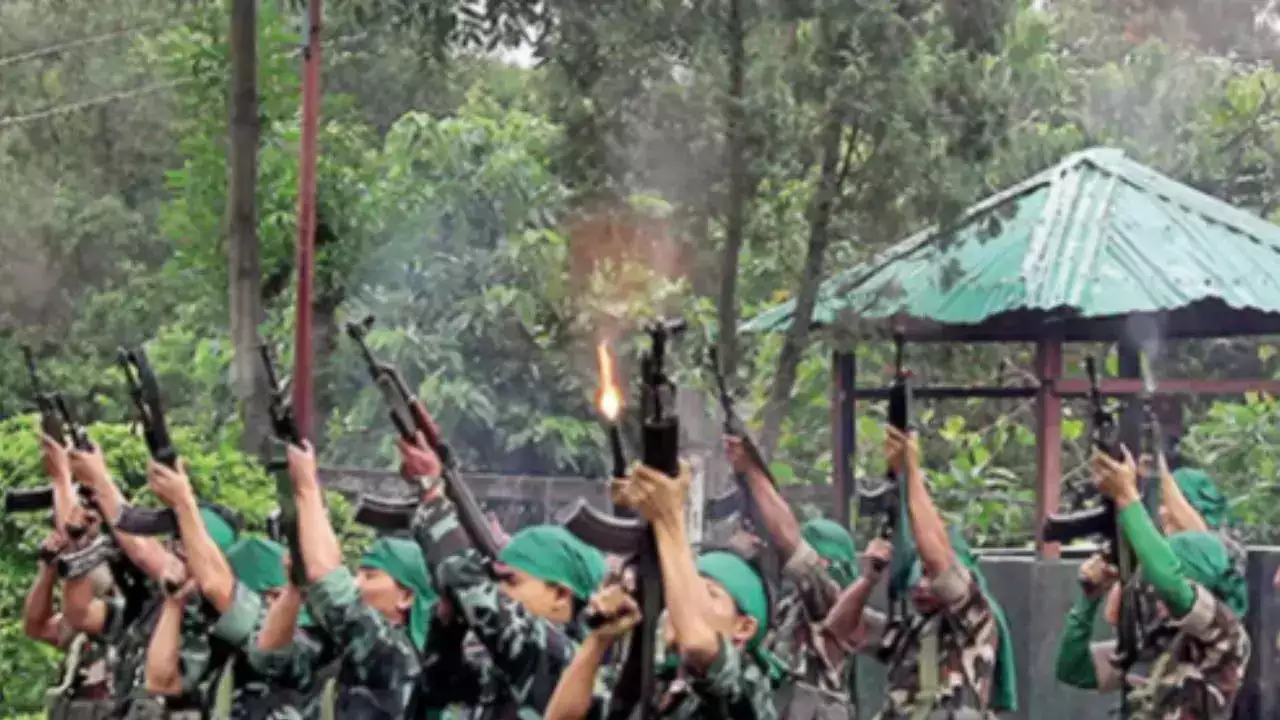
Manipur is becoming a reflection of the larger governance issue that has spread throughout India as it descends more into anarchy. Hindutva’s emphasis under Modi’s leadership has led to a situation where minorities feel more isolated and powerless. The state’s writ in several parts of the country has been perceived as dead by the government’s inability to bring a lasting solution to conflicts like those in Manipur. Despite attempts by the Indian media to minimize the gravity of the situation. How long will minorities be expected to struggle for their rights under a system that appears to be biased against them, whether they live in Manipur, Nagaland, or Kashmir? The use of weapons by these communities is not a natural inclination, but rather a response to a government that has consistently failed to protect their interests. As India progresses, the question remains: will it be able to overcome its deep divisions or continue on a path towards more fragmentation?













